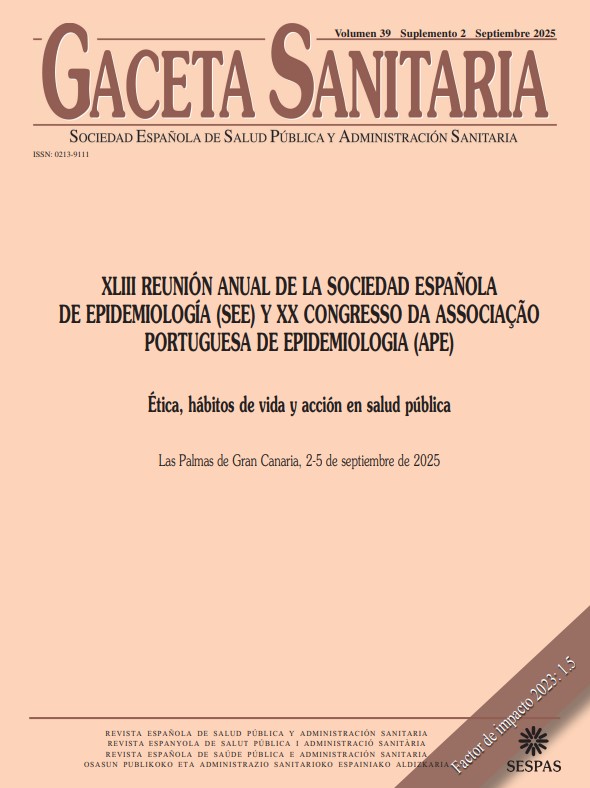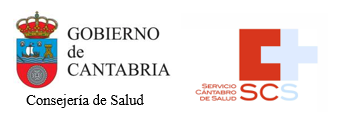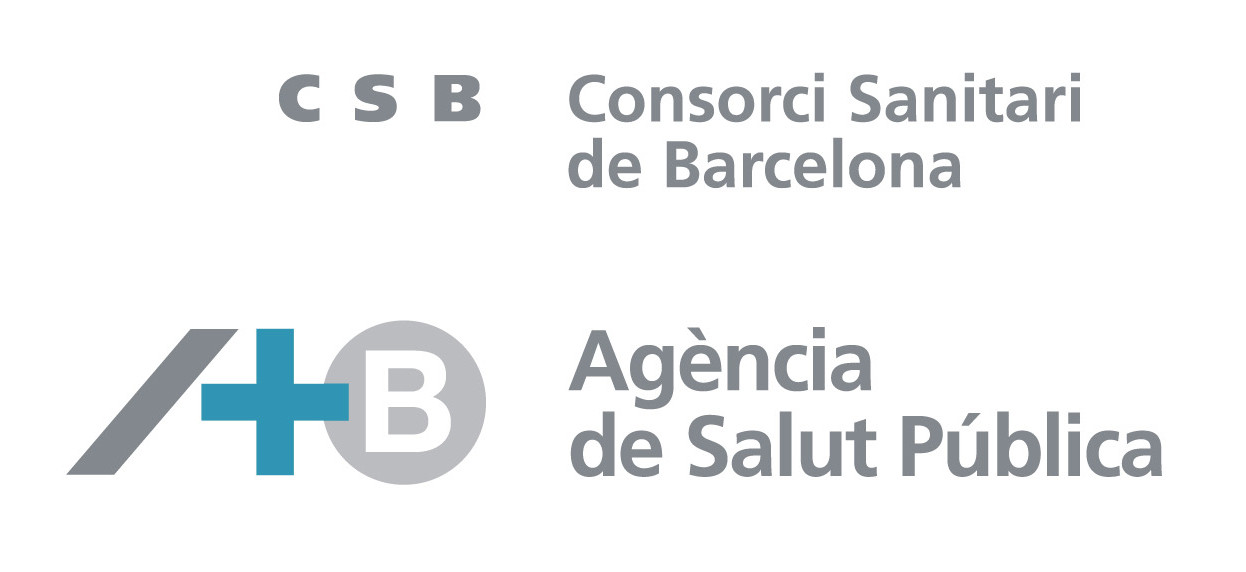830 - LONGITUDINAL CHANGES IN EMOTIONAL EXHAUSTION AND ITS ASSOCIATED SOCIO-OCCUPATIONAL FACTORS AMONG EUROPEAN HEALTHCARE WORKERS DURING AND AFTER THE COVID-19 PANDEMIC
Instituto Universitario de Oncología del Principado de Asturias (IUOPA), Universidad de Oviedo; Health Research Institute of Asturias (ISPA); Medical and Surgical Sciences, University of Bologna; Department 5, "Carol Davila" University of Medicine and Pharmacy; Regional Authority of Public Health in Banská Bystrica, Department of Epidemiology; Unit for Research in Emergency and Disaster, Universidad de Oviedo.
Background/Objectives: This study examined emotional exhaustion (EE) among healthcare workers (HCWs) during and after the COVID-19 pandemic and assessed its associations with sociodemographic and occupational factors.
Methods: A prospective longitudinal study involved 711 HCWs from the Romania n = 499 and the Slovakia n = 212. The ORCHESTRA Emotional Exhaustion Questionnaire measured EE at two-time points, during and post-pandemic.
Results: In Romania, EE levels decreased post-pandemic (coef = -0.40, p = 0.041), whereas in Slovakia, levels increased (coef = 0.11, p = 0.401), though this change was not statistically significant. An overall decline in EE was observed with increasing days since the pandemic (coef = –0.003, p < 0.001) for both countries. During the pandemic, Romanian HCWs exhibited significantly higher EE compared to their Slovakian counterparts (coef = -0.51, p < 0.001), but there was no significant difference in EE levels after the pandemic (coef = -0.002, p = 0.961). Further analysis revealed that female gender (coef = 0.08, p = 0.015), age (coef = -0.004, p = 0.002), and working directly with patients (coef = 0.06, p = 0.004) were significantly associated with elevated EE.
Conclusions/Recommendations: EE patterns among Romanian HCWs showed a decline in exhaustion post-pandemic, the Slovakian cohort had a brief spike, followed by a decline. Vulnerable group identified, being Young, female HCWs, especially those working directly with patients, remained at higher EE. Early screening and targeted interventions based on Conservation of Resource theory for these vulnerable groups may effectively reduce EE among HCWs and improve overall workforce well-being.
Funding: European Union’s Horizon 2020 research and innovation programme under grant agreement No 101016167.















